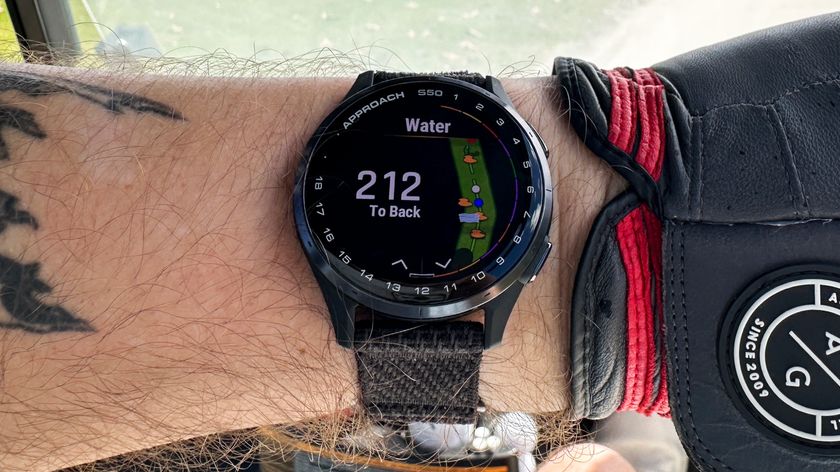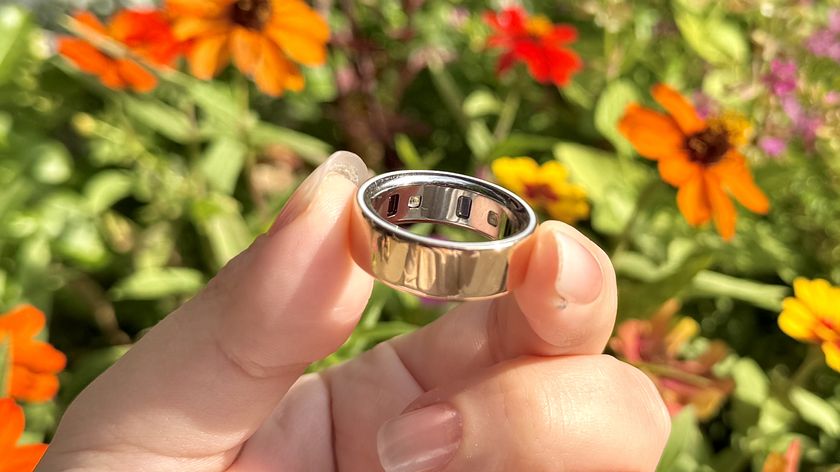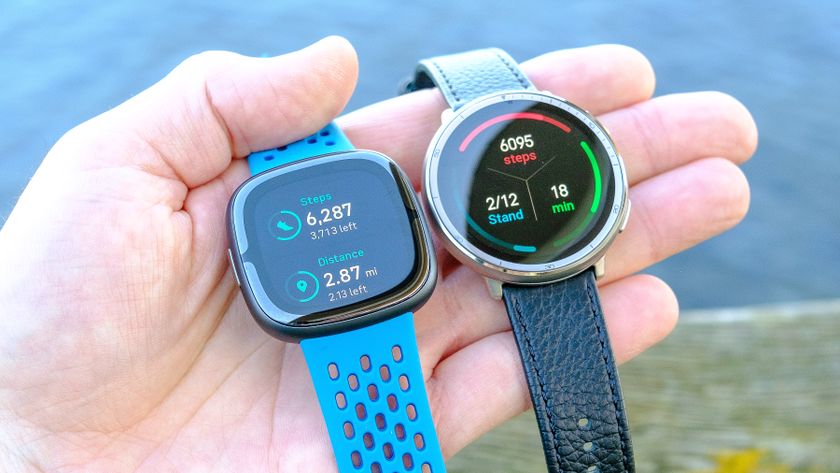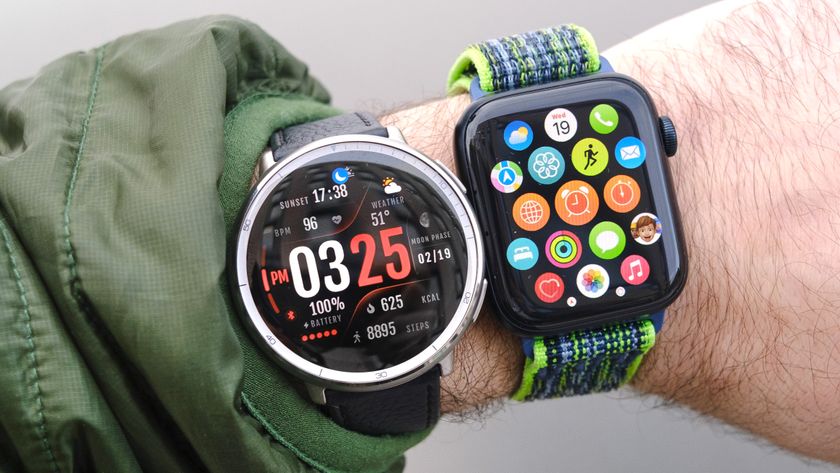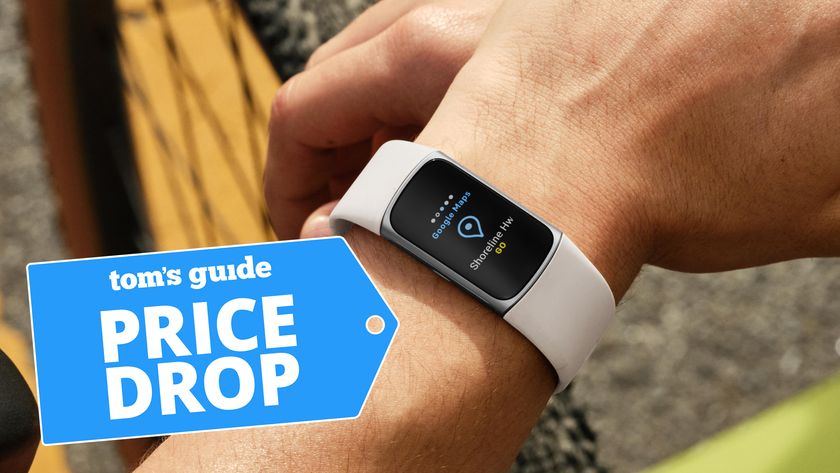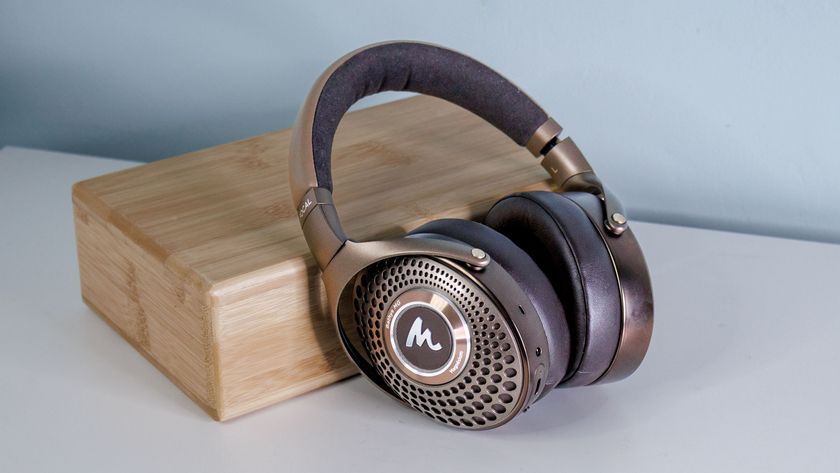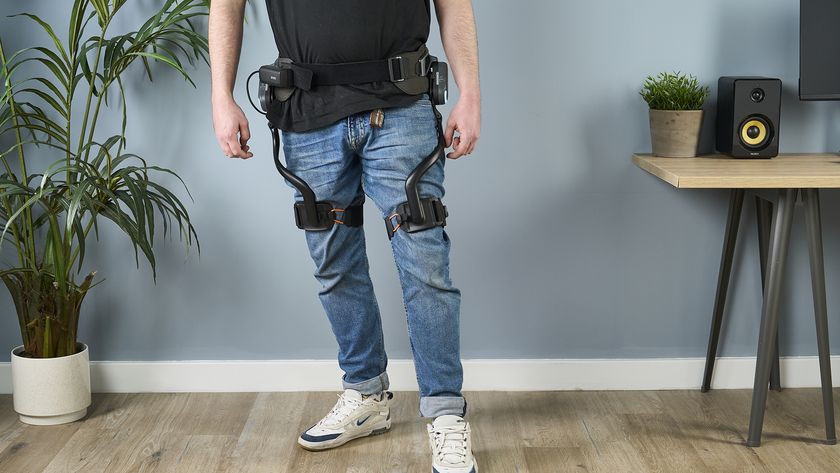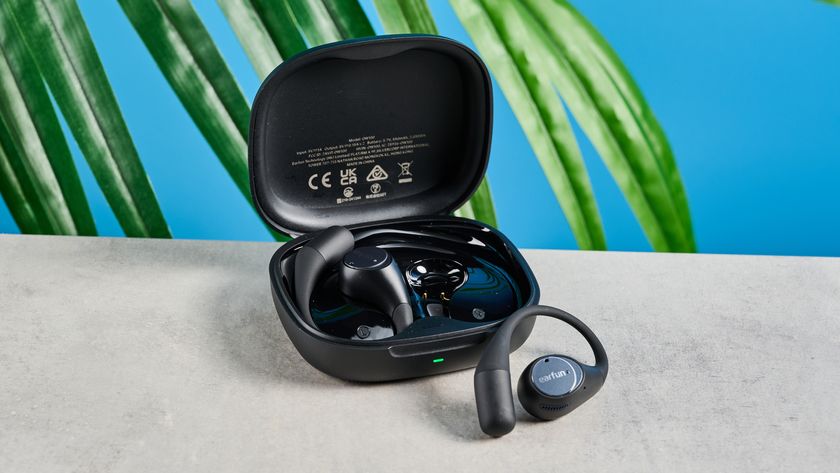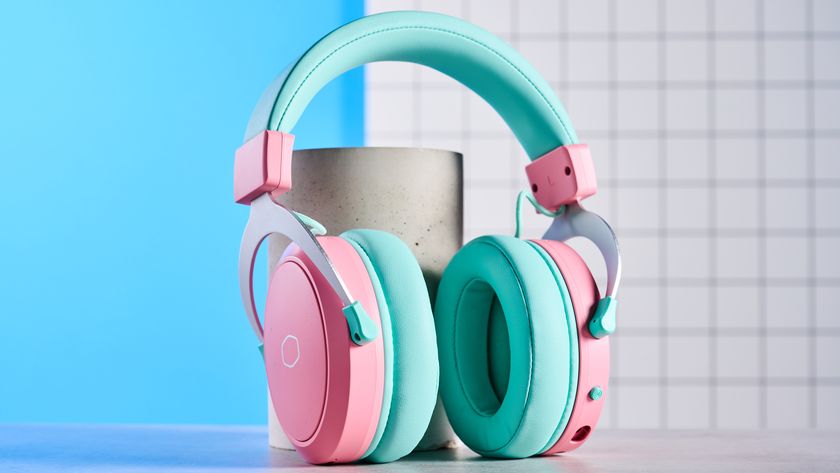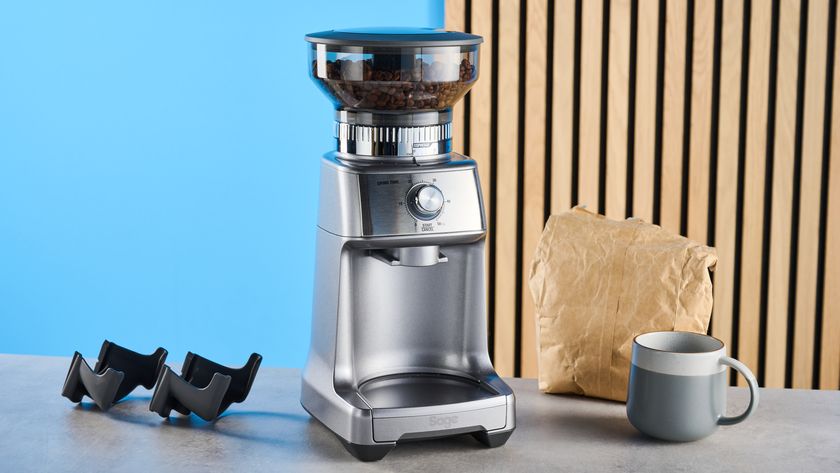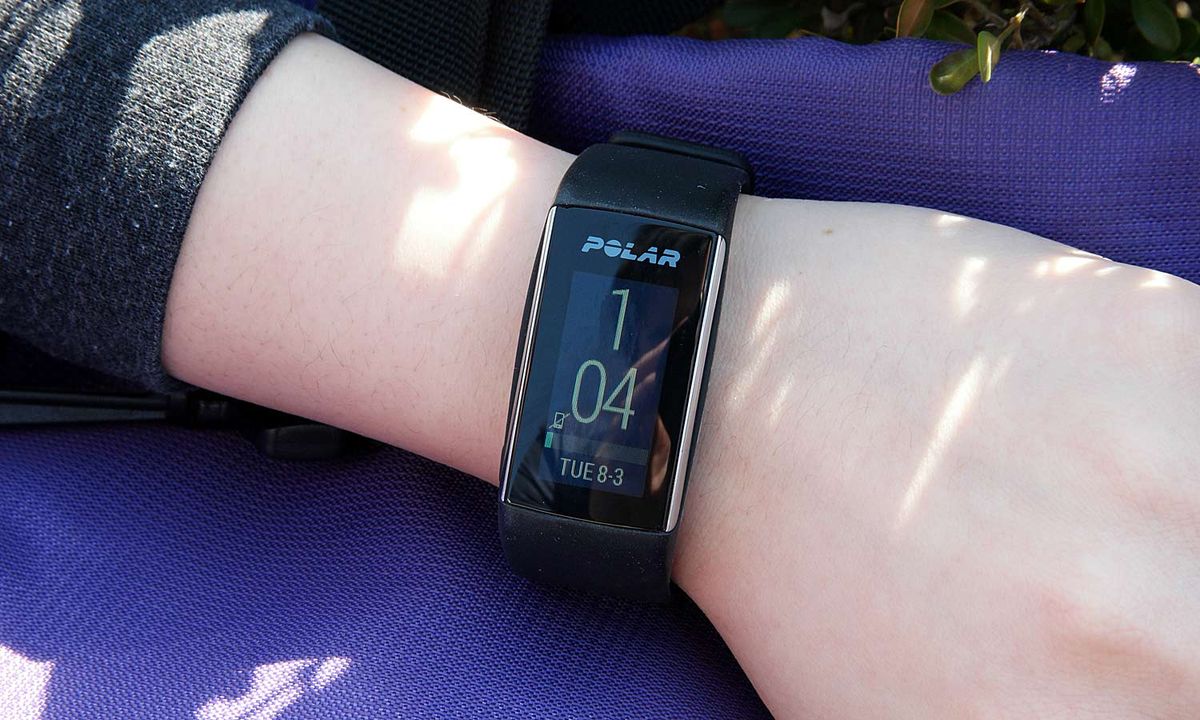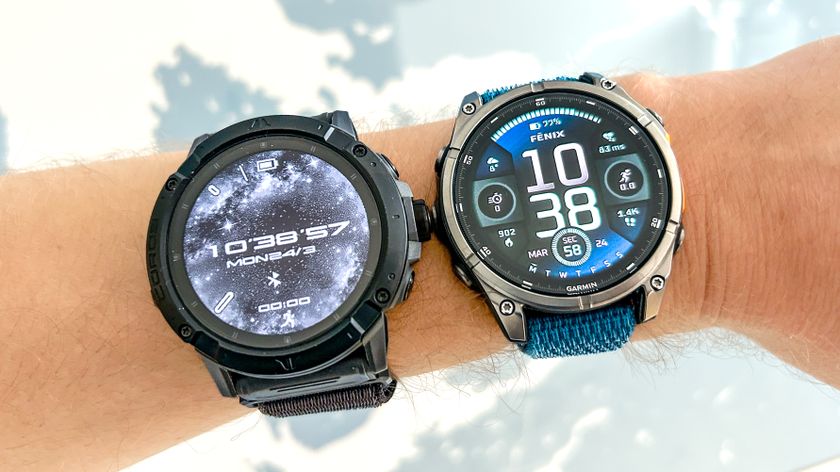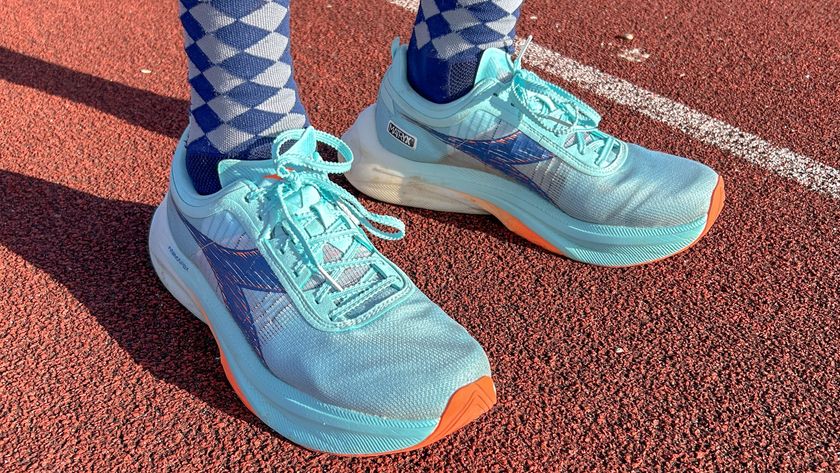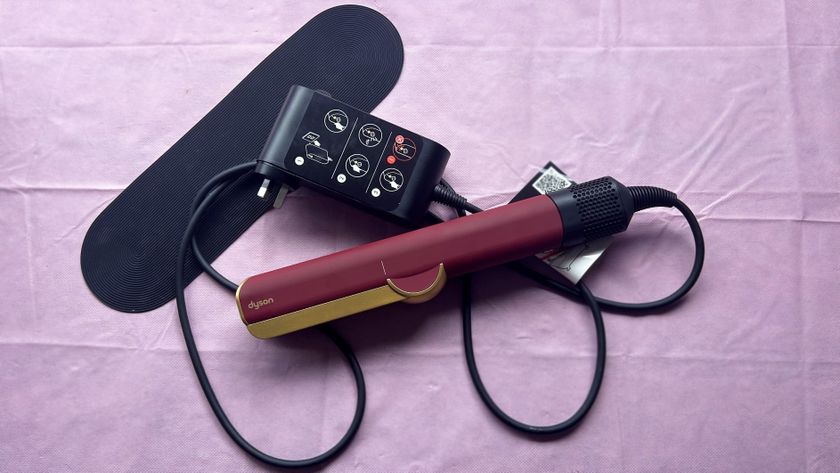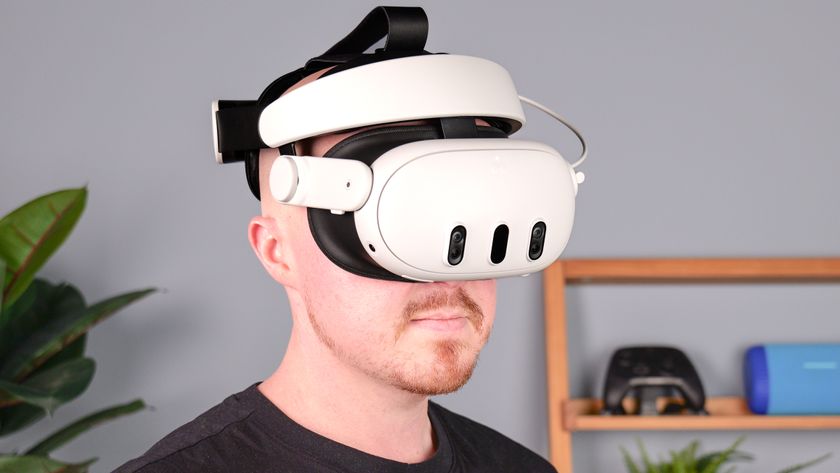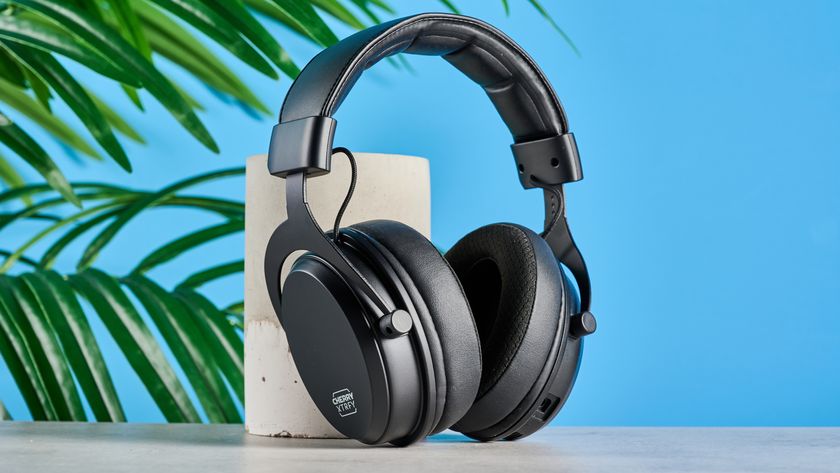Tom's Guide Verdict
The Polar A360 is an easy-to-read fitness tracker with a built-in heart rate monitor whose main weakness is that it doesn't log the miles you run.
Pros
- +
Waterproof
- +
Large color touch-screen display with touch support
- +
Accurate heart rate
- +
Works during strenuous activity
Cons
- -
Doesn't track running distance
- -
Awkward band clasp
- -
App doesn’t track nutrition
- -
Shorter battery life than competitors
Why you can trust Tom's Guide
Traditionally, Polar's products have been intended for serious fitness fans, triathletes and bikers. Part of the company's ethos was an insistence that to properly measure an athlete's heart rate, the only accurate method was to use a chest strap that directly monitors the electrical impulses of the heart. But improvements in optical sensors—and the growing popularity of wrist bands like those from Fitbit—prompted the company to offer its own wrist-bound fitness tracker with a built-in heart rate monitor, the $199 A360.
Polar has done a generally excellent job, packaging an accurate, helpful fitness device into a watch that's thinner and more comfortable to wear than competitors such as the Garmin vivosmart HR. There are only two downsides: the Polar A360 doesn't measure running distances and its wristband can be tricky to secure.
Design
The Polar A360 has a color TFT LCD display that's impressively legible in a variety of lighting conditions. Its 1.06 x 0.51-inch screen is larger than that of either the Fitbit Charge HR or Garmin vivosmart HR. The added real estate helps to reveal additional data so that, with a swipe on the touch screen, you can check your day's progress, your heart rate or begin a training session (running, swimming, cycling, walking, weight training, group activity or other outdoor activity). The screen displays the time and date with remaining battery life whenever you shake your wrist.
Like other wrist-based fitness trackers, optical sensors on the underside of the A360 gauge your heart rate. The sensors measure your blood flow, and from that, the watch calculates a pulse rate. The A360's sensors are slightly more flush with the bottom of the watch than those of the Garmin vivosmart HR, making it considerably more comfortable to wear. Better still, unlike just about every other fitness tracker, the Polar A360 uses a common micro USB port for charging, so you don't have to remember to bring a separate, proprietary charger along with you wherever you go.
While I found the size and rubber band of the Polar A360 more comfortable than other fitness/activity trackers, I did have one gripe with the design. The Polar strap uses a loop-through band with a dual-pronged snap to hold it in place. Securely fastening it takes practice, and even after weeks of use, there were occasions when I discovered I had not properly clipped it in place, leaving it dangling in my sleeve.







After charging the watch, I also had some trouble resituating the watch housing, which can be snapped in or out of the rubber band. Last, I noted that the USB cover can easily be separated from the A360 and potentially misplaced.
Features
Unlike Fitbit's Charge HR and to a degree Garmin's vivosmart HR, the Polar A360 is not trying to be all things to all users. It does not have a built-in food/calorie intake counter, for example. And while it uses a Bluetooth connection to sync to iOS and Android smartphone apps, it's not designed to handle phone calls or control your music like some smartwatch-oriented devices. It will deliver notifications about incoming texts and posts, but it doesn't have built-in GPS, so runners looking to trace routes will have to rely on a paired smartphone.
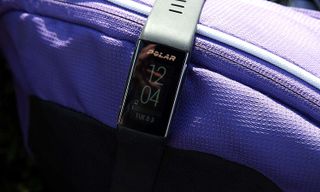
The Polar A360 is intended to track your active states, follow your workouts and sporting activities, and accurately measure your heart rate. I tested it for several weeks, running, weight training and doing regular daily activities (including shoveling snow and hauling wood). It's waterproof-rated to a depth of 30 meters (just shy of 100 feet), which means it will survive everything but scuba diving.
MORE: Fitness Tracker Buying Guide
The watch itself will prompt you with vibrations and on-screen messages such as, "Time to move!" (which usually occurred after I'd been driving for over an hour without interruption). You can also use the watch to check calories burned and activity levels for the current day.
Activity and Sleep Tracking
While it cannot assess REM versus shallow sleep times, the Polar A360 accurately monitored total sleep duration. I found it comfortable enough to wear at night (although I still prefer removing it). The A360 is also intelligent enough to recognize that you're lying down, so it won't send you vibrating alerts to get up and move in the middle of the night.
The Polar A360 has a color display that's larger than the Fitbit Charge HR and Garmin vivosmart HR.
In general, I found the A360 was accurate on walking distances, even if I did occasionally feel short changed (I walked more than 40 blocks one day — the equivalent of more than 2 miles — but only got credit for 1.7 miles). If you're running on a treadmill, you'll rack up zero miles, since the A360 doesn't track running distance. As with most fitness trackers, the A360 also won't automatically recognize that a training session, like cycling or running, has started. You have to initiate and end them by tapping on the appropriate on-screen icon on the watch.
Heart Rate Accuracy
To check the Polar A360's heart rate monitor's accuracy, I tested it under a wide variety of conditions against several other devices I knew to be accurate. I compared the A360 to an older Mio Alpha, a Garmin vivosmart HR, a Pear chest strap monitor, and even a pressure cuff blood pressure/pulse rate device, the Panasonic EW-BW30.
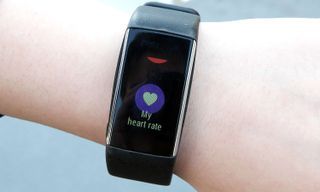
For a wrist-based heart rate monitor, the Polar A360 did an excellent job. In all instances, it was within a few beats per minute of the other devices. The A360 can display your pulse in real time, even during strenuous workouts that generate a lot of perspiration. It did tend to take a few seconds to get an accurate reading and often lagged behind the Mio Alpha by a couple of beats at peak heart rate times. Otherwise, during periods of rest, it matched the measurements taken by the pressure cuff Panasonic blood pressure and heart rate device.
Syncing and Mobile App
Syncing results from the watch to your smartphone is not automatic. But all you have to do is press the single side button on the band to sync it with the included smartphone app.
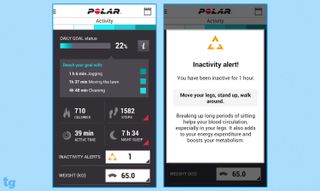
To fully analyze your activities, the Polar Flow app will record and track your status over time. A daily graphical dial shows your status as it relates to active and less active times. It's a cute, but not terribly helpful infographic. Fortunately, directly below that is a traditional analog breakdown of your lying down, sitting, standing, walking and running times. Swipe down and you'll find a bar measuring your progress toward your daily goal, the number of calories burned, steps taken and suggestions about how to meet your goal that day. Most of the ideas border on the humorous, such as 4 hours and 14 minutes of dish washing, or bowling for 1 hour and 31 minutes.
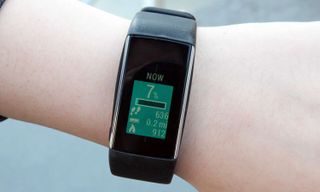
Like others of its ilk, the Polar A360 delivered typical words of encouragement. "Congratulations!" often popped up on the screen along with a trophy icon at the end of a day. "Wow. A lot of activity. You did not sit for very long which will help you to stay healthy," was a typical post at the end of the day. (Of course, it also meant that because I wasn't sitting for long I didn't get much work done that day.) Other days, the app was less sanguine: "You were sitting for quite a few hours. Try to break it up tomorrow."
I found the weekly calendar view in the app the most helpful because it pinpoints the times of day you tend to be too sedentary.
The Polar Flow app also allows you to flip back to previous days or look at weekly or monthly charts. I found the graphs to be a little cramped, even on the large LG V10. To really get an idea of how you're progressing, Polar delivers all the information automatically to a free online portal, where you'll find more activity scores that rank sleep, sitting, walking and running. I discovered what I already suspected: I don't sleep enough, I sit for too long, but my running boosts my score overall.
MORE: Best Fitness Trackers for Running, Swimming and Training
There are monthly, daily and weekly views, with time spent exercising, sleeping and remaining sedentary. I found the weekly calendar view the most helpful, because it pinpoints the times of day you tend to be too sedentary, contrasted with the best or most convenient times for you to exercise.
Battery Life
Assessing battery life on fitness trackers depends a lot on what kind of activity you're involved in, how often you toy with the screen data when you're bored and how often you sync the watch to your phone. Polar states that the A360's battery can last for "up to 2 weeks," but I found real-world results fell considerably short of the maximum.
During the first few days, when I tended to play more with the A360's features, I found the device lasted for about 48 hours before I had to plug it in. After the novelty wore off and it became part of my daily routine, the A360 could go for about four days between charges. That’s about a day or so less than the typical battery life of the Garmin vivosmart HR and Fitbit Charge HR.
Bottom Line
The $199 Polar A360 is comfortable, waterproof, accurately measures your heart rate in real time and delivers helpful information about exercise, sleep and periods of rest. The screen is possibly the easiest to read among comparably priced fitness watches, and it's svelte enough for women to wear without discomfort.
On the other hand, runners will be disappointed that the Polar A360 lacks distance tracking. Our favorite fitness tracker remains the Garmin vivosmart HR, which doesn’t have a color display, but costs $50 less and offers more features. But the Polar A360 brings a lot to the table.
John R. Quain has been reviewing and testing video and audio equipment for more than 20 years. For Tom's Guide, he has reviewed televisions, HDTV antennas, electric bikes, electric cars, as well as other outdoor equipment. He is currently a contributor to The New York Times and the CBS News television program.

